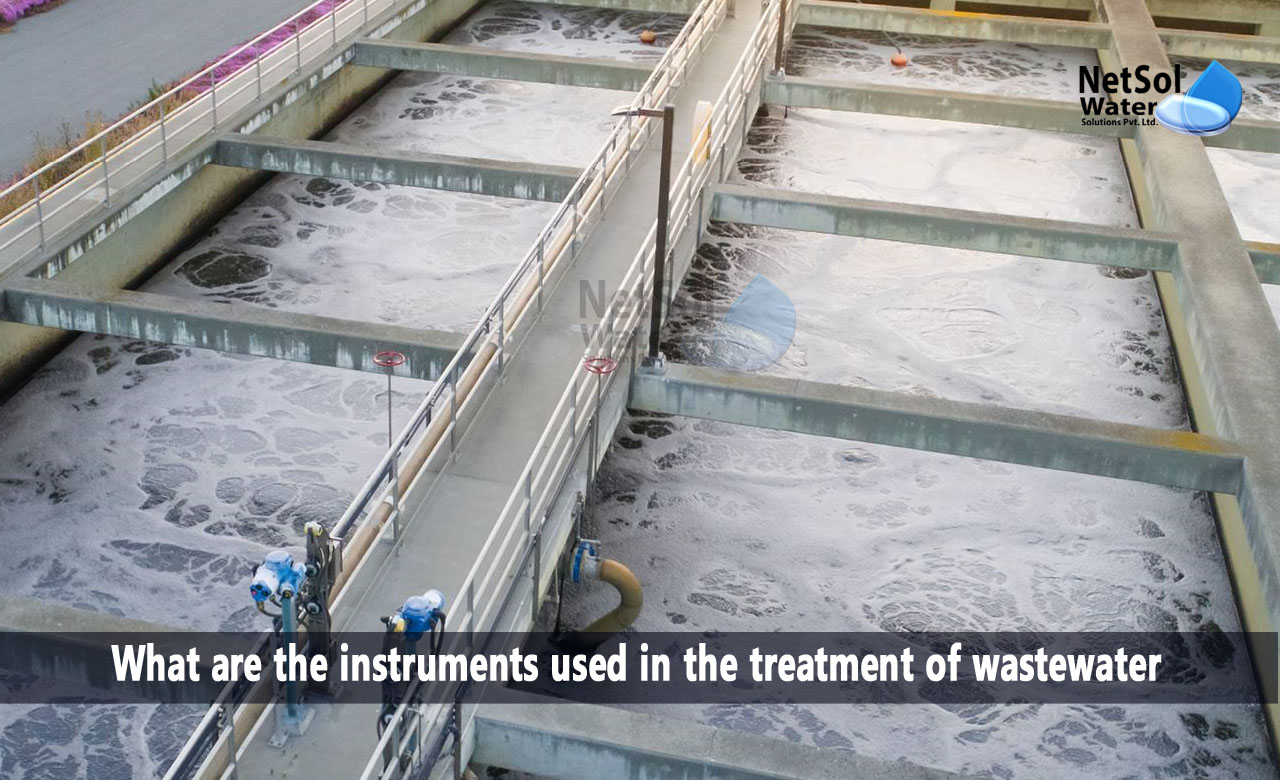In the current production process, water is essential. Water is fundamentally necessary for the refinement of raw materials like metals, woods, and plastics into fundamental manufacturing resources.
Water turns into wastewater during the manufacturing process when it is exposed to various toxins, making wastewater one of the major by-products of the manufacturing sector. The water must go through a thorough purification process before it can be released into natural reservoirs, or repurposed for other purposes.
On-site treatment of wastewater
More and more industrial enterprises are deciding to treat wastewater on-site and recycle it back, into the production process in an effort to drastically reduce costs and promote sustainability. They do this by filtering the water to get rid of dangerous germs, pollutants, and both organic and inorganic components.
Water contaminants can be neutralised and removed using technology such as reverse osmosis systems, ultrafiltration systems, vacuum evaporators, filters, paper bed filters, solid bowl centrifuges, and tramp oil separators. Although, these systems reduce the cost of water procurement, transportation, and wastewater disposal, they still need careful monitoring and maintenance, to work as intended.
What are the instruments used in the treatment of industrial wastewater?
Industrial producers rely on four types of equipment to oversee wastewater treatment, in order to preserve the reliability of these systems, guarantee the security of the industrial plant, and assure the cleanliness of the finished product.
· Level Instruments
These devices, as its name implies, are employed in wastewater treatment systems to maintain particular liquid or gas levels in pipes, tanks, or silos. Visual signals alone cannot tell you how much liquid or gas is present, because treatment pipelines are frequently opaque and challenging to reach. Instead, level radar, sensors, and transducers are used by system operators, to keep track of the water levels at any given time.
In order to automatically alter the flow of water and gas based on incoming data, devices like alarms, pumps, and switches are frequently connected to transducers, switches, and radar. While, point level devices only send data when water levels exceed predetermined extremes to prevent overflow, continuous level instruments are made to offer consistent measurements.
· Flow Indicators
The amount of fluid or gas contained in an enclosed pipe and the velocity at which it is travelling through the vessel in question, can both be found using flow sensors. These devices are made to measure volume and mass at regular intervals, and are often put into wastewater treatment pipes.
Operators can monitor flow volume and mass flow using this information to keep their treatment equipment safe and working properly. Variable area metres, mechanical flow metres, magnetic flow metres, thermal flow metres, and pressure-based metres are a few types of flow instruments. To activate flow switches, pumps, or supply valves, flow metres' data is frequently employed.
· Tools for Pressure
Transducers, sensors, gauges, and transmitters of pressure all fall within this broad group. Similar to flow instruments, pressure instruments are generally mounted inside of wastewater treatment systems' pipes, pumps, and reservoirs. Certain pressure gauges can also detect fluid levels and flow rates, in addition to pressure, serving as both a flow gauge and a pressure gauge.
They assist industrial facilities in maintaining safe pressure levels and avoiding equipment failure. The required precision, testing conditions, and specific types of pollutants in the wastewater, will all influence the kind of pressure instruments that are needed.
· Equipment for Monitoring Water Quality
Instruments for measuring water quality are essential to the treatment of industrial effluent. Prior to being recycled back into manufacturing processes or released into sanitary sewers, treated water must adhere to the local and federal water quality regulations.
To provide continuous readings at various stages of the treatment process, inline water quality devices are fitted into wastewater treatment plants. The testing environment and the system under consideration determine the type of metre needed, at each treatment phase.
For instance, an inline metre installed in a reverse osmosis system or RO Plant should be able to measure total dissolved solids (TDS), as these systems are made to remove TDS from water.
Industrial facilities frequently need manual water quality spot inspections, in addition to inline metres to give improved accuracy and quality assurance. Benchtop metres can be used in on-site laboratories, or portable metres can be used to take these readings.
How can we help?
Netsol Water is one of India's largest water and wastewater management companies. We are focused on the design, production, and delivery of specialized wastewater treatment systems, commercial equipment’s, and opulent facilities for the water sector.
We manufacture top-of-the-line WWTPs, STPs, WTPs, RO Plants, water softeners, and ETPs that are highly successful at removing pollutants, from commercial and industrial wastewater. If you're looking for a reputable business to do manufacture and yearly maintenance of your effluent treatment plants, go no further than Netsol. We have many years of experience in this industry, and are equipped to handle any task related to water and wastewater treatment. Call us at +91 9650608473 or use our online platform to reach out to us right now.



